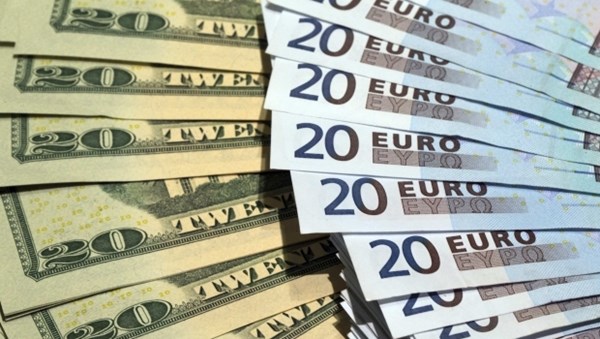$190 billion withdrawn from Russian as capital amnesty program comes to an end
The Russian government is concluding the capital amnesty program, in which major businesses have been given the opportunity to bring assets and capital back into the country in exchange for a guarantee that they will not be prosecuted for tax and foreign currency violations.
Another round of amnesty, the third since 2015, when President Vladimir Putin called on billionaires to aid the country’s failing economy, will end on February 29. There are no plans for a fourth round, Deputy Finance Minister Alexey Sazanov told Interfax.
“God loves threes,” he explained. “Why set a deadline, if you’re going to keep postponing it all the time? The Finance Ministry’s position is that it should not be extended.”
The last round of amnesty has been the shortest, and has lasted only five months so far (since July 1, 2019). During this period, Russians have had the opportunity to voluntarily declare their assets and accounts abroad, receiving exemption from paying personal income tax and tax on the profit of the foreign companies they control, on condition that they become tax residents of Russia.
The idea is for funds to be repatriated into banks located within Russia, and for companies to reregister in the special administrative regions in Kaliningrad and Primorsky Krai.
However, neither the appeal to patriotism nor the creation of internal offshores with zero dividend tax has been able to turn back the flow of money fleeing Russia. According to the Bank of Russia, during the five years of amnesty, there has been a net outflow of $189.6 billion.
The outflow reached its peak in 2018 ($63 billion), after which it slowed down to $27 billion. $57 billion had been withdrawn from Russia’s private sector in 2015, $18 billion in 2016, and $24 billion in 2017.
The outflow figures fluctuate, but they mostly reflect the movement of foreign speculative money in the financial market, observes ING’s chief economist on Russia, Dmitry Dolgin. In 2018, frightened by the sanctions on Rusal, non-residents dumped Russian government bonds and shares in Russian companies, and the outflow was at its highest since 2014.
Last year, however, $20 billion was invested in the Finance Ministry’s debt securities when it became clear that the Trump Administration was not inclined to adopt more severe measures against Russian government debt.
Nevertheless, the structural exodus of capital from Russia has been stable irrespective of policy. Year after year, businesses have withdrawn $20-30 billion from the country in the form of “direct investments” abroad, Dolgin notes. This is money which companies are sending into the capital of offshore structures, thereby keeping their profit outside of Russia.
Last year, this kind of outflow accounted for $26 billion. It was $30 billion the year before, $36 billion in 2017, and around $20 billion in 2015 and in 2016. The total for the five years of amnesty is $136 billion.
The most popular destination is still Cyprus, in which Russians had invested a total of $200.2 billion as of July 1, 2019 – nearly ten times more than the island’s GDP. Compared to the start of the capital amnesty, this equates to an increase of $84 billion, or 74%.
In second place is the Netherlands ($47 billion), with Austria in third ($26.6 billion).
“Households and corporations will probably remain net exporters of capital until they see signs of a structural transformation [of the economy],” Dolgin predicts.
